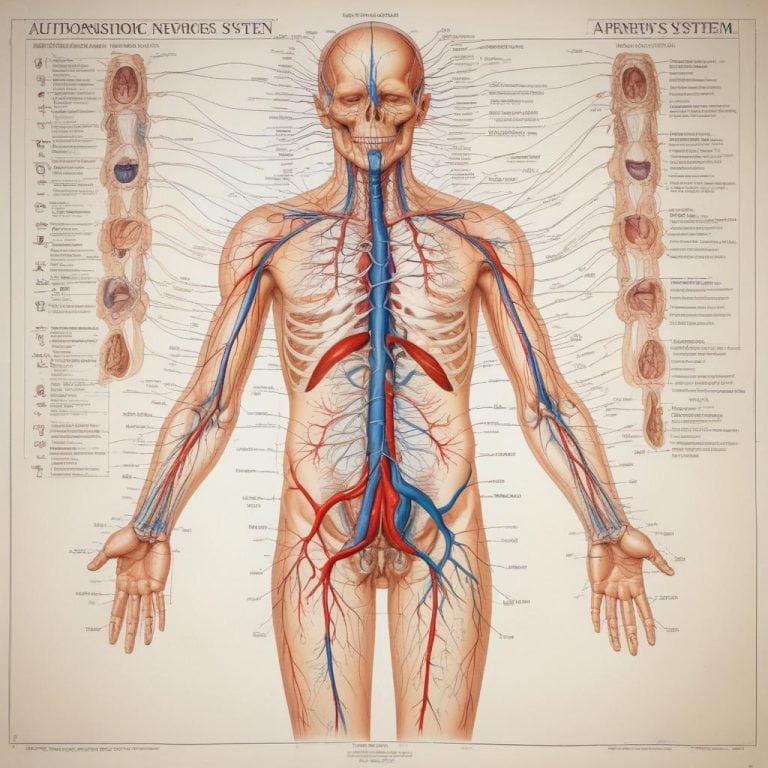Are you ready to test your knowledge of the nervous system? This quiz will help you understand the various components of the nervous system, including the central nervous system and the peripheral nervous system. You will learn about the brain, spinal cord, and nerves that control your body. Take the quiz to see how much you know about this vital system that helps you think, move, and feel!
The nervous system is divided into two main parts: the central nervous system and the peripheral nervous system.
The central nervous system includes the brain and spinal cord, which control all of our thoughts, movements, and senses.
The peripheral nervous system comprises all the nerves that branch out from the central nervous system and connect to the rest of the body, enabling us to perceive sensations and move our muscles.
Both parts work together to help us function and interact with the world around us.
Play Divisions Of The Nervous System Quiz
Instructions
- This quiz is multiple choice.
- Read each question carefully before selecting an answer.
- Choose the best answer for each question.
- You will see the missed questions with correct answers at the end of the quiz.
Quick Facts
- The brain and spinal cord make up the central part of the body’s communication network.
- Messages are sent through the body by electrical signals passed along pathways called pathways.
- One part of the communication network controls voluntary movements like walking and talking.
- Another part of the communication network controls automatic functions like breathing and heart rate.
- The pathways that control voluntary movements are called the somatic pathways.
- The pathways that control automatic functions are called the autonomic pathways.
- Both the somatic and autonomic pathways work together to keep the body functioning properly.
- If one part of the communication network is damaged, it can affect how the body moves and functions.
- The communication network is essential for the body to respond to its environment and stay healthy.
- Understanding how the communication network works can help doctors diagnose and treat conditions that affect movement and function.
Downloads
Study Tips
- Create a study schedule and stick to it.
- Find a quiet and comfortable study environment.
- Remove distractions such as phones and social media.
- Take breaks every 25-30 minutes to avoid burnout.
- Use active studying techniques like summarizing, highlighting, and teaching concepts to someone else.
- Practice retrieval by testing yourself with flashcards or practice quizzes.
- Stay organized with notes, study guides, and resources.
- Stay hydrated and eat brain-boosting foods like fruits, nuts, and whole grains.
- Get enough sleep to improve memory retention and cognitive function.
- Reward yourself for reaching study goals to stay motivated.
